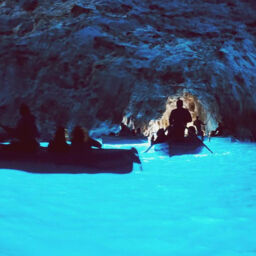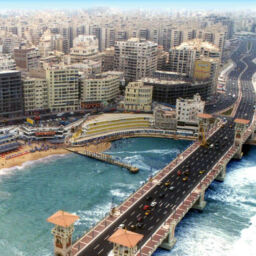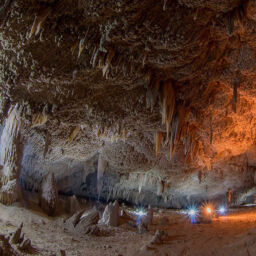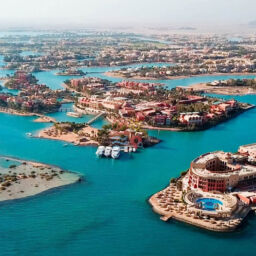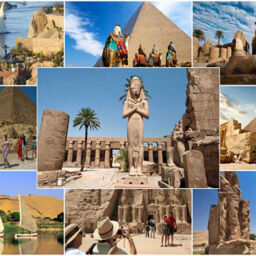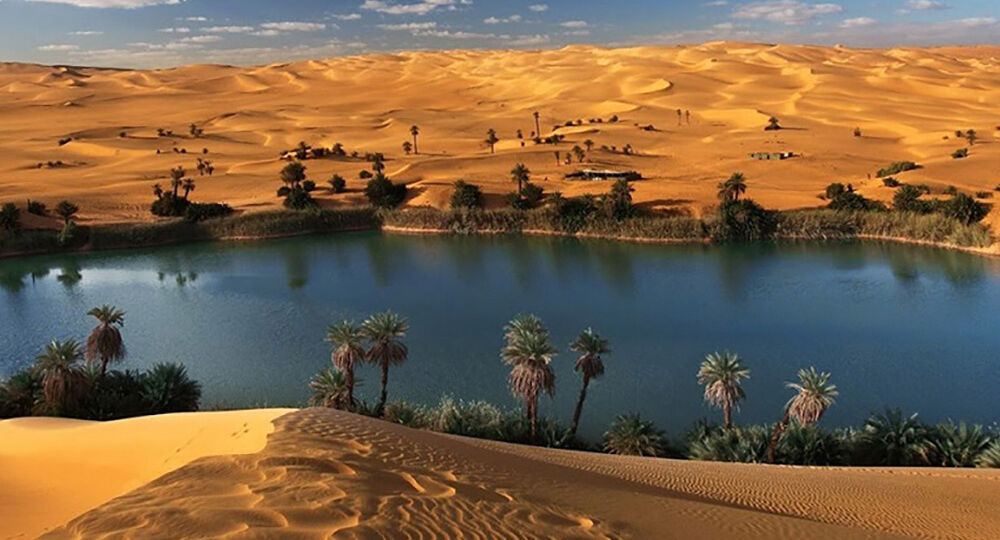
A city in Middle Egypt. Located 100 kilometers southwest of Cairo, in the Faiyum Oasis, it is the capital of the modern Faiyum Governorate. Originally called Shedet in Egyptian, it is one of Egypt’s oldest cities due to its strategic location.
In ancient Egypt, the city was called Shedet. It was the most significant center of the cult of the crocodile god Sobek, in consequence, the Greeks called it “Crocodile City”
Faiyum is the source of some famous death masks or mummy portraits painted during the Roman occupation of the area. The Egyptians continued their practice of burying their dead, despite the Roman preference for cremation. While under the control of the Roman Empire, Egyptian death masks were painted on wood in a pigmented wax technique called encaustic—the Faiyum mummy portraits represent this technique. While previously believed to represent Greek settlers in Egypt.
Faiyum has several large bazaars, mosques, baths and a much-frequented weekly market. The canal called Bahr Yussef runs through the city, its banks lined with houses. There are two bridges over the river: one of three arches, which carries the main street and bazaar, and one of two arches, over which is built the Qaitbay mosque, that was a gift from his wife to honor the Mamluk Sultan in Fayoum. Mounds north of the city mark the site of Arsinoe, known to the ancient Greeks as Crocodilopolis, where in ancient times the sacred crocodile kept in Lake Moeris was worshipped. The center of the city is on the canal, with four waterwheels that were adopted by the governorate of Fayoum as its symbol; their chariots and bazaars are easy to spot.
Discover Faiyum
The Hanging Mosque:
The mosque was named hanging mosque “Al-Moallaq” because it was built on shops. It dates back to the Othman period. Built by prince Soliman Ibn Hatem on 966 AHS. The mosque was built on plateau and it could be reached from the side of Bahr Youssef. the plan and the inscriptions of the mosque resemble the Mamluqi Mosques.
The ceiling is rich with writing inscriptions and decorations as the Ottomans were not against the civilizations progress and art neither in Egypt nor ottomans countries that each region had it independent character however the political subordination to ottomans empire.
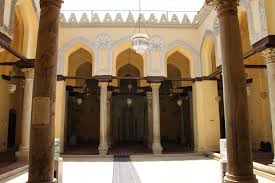
Hawara:
An archaeological site of Ancient Egypt, south of the site of Crocodilopolis at the entrance to the depression of the Faiyum oasis.
The first excavations at the site were made by Karl Lepsius, in 1843. William Flinders Petrie excavated at Hawara, in 1888, finding papyri of the 1st and 2nd centuries CE, and, north of the pyramid, a vast necropolis where he found 146 portraits on coffins dating to the Roman period, famous as being among the very few surviving examples of painted portraits from Classical Antiquity, the “Fayoum portraits” illustrated in Roman history textbooks.
Amenemhat III was the last powerful ruler of the 12th Dynasty, and the pyramid he built at Hawara is believed to post-date the so-called “Black Pyramid” built by the same ruler at Dahshur. This is believed to have been Amenemhet’s final resting place.



